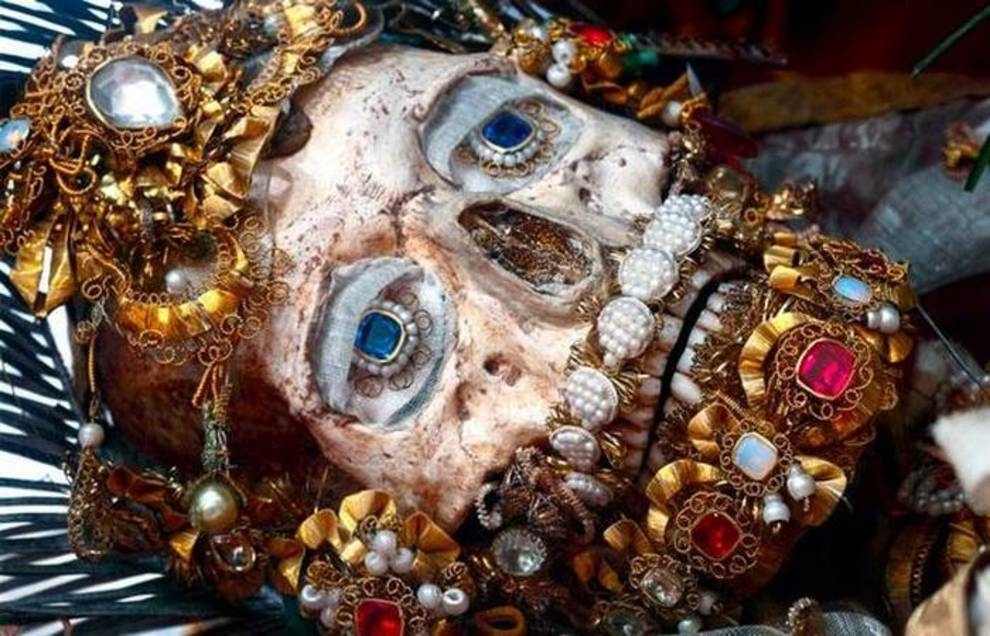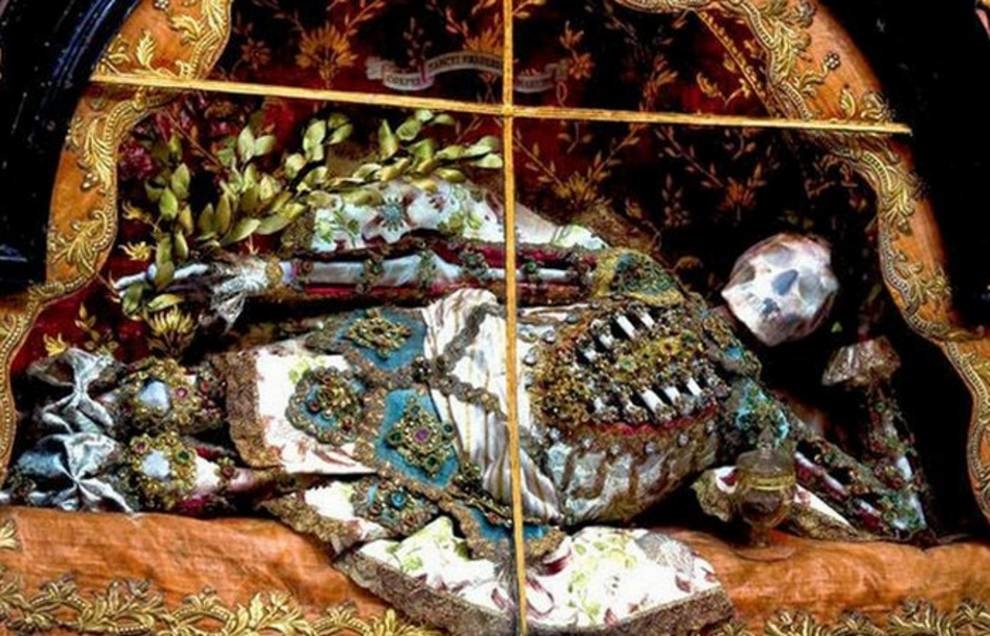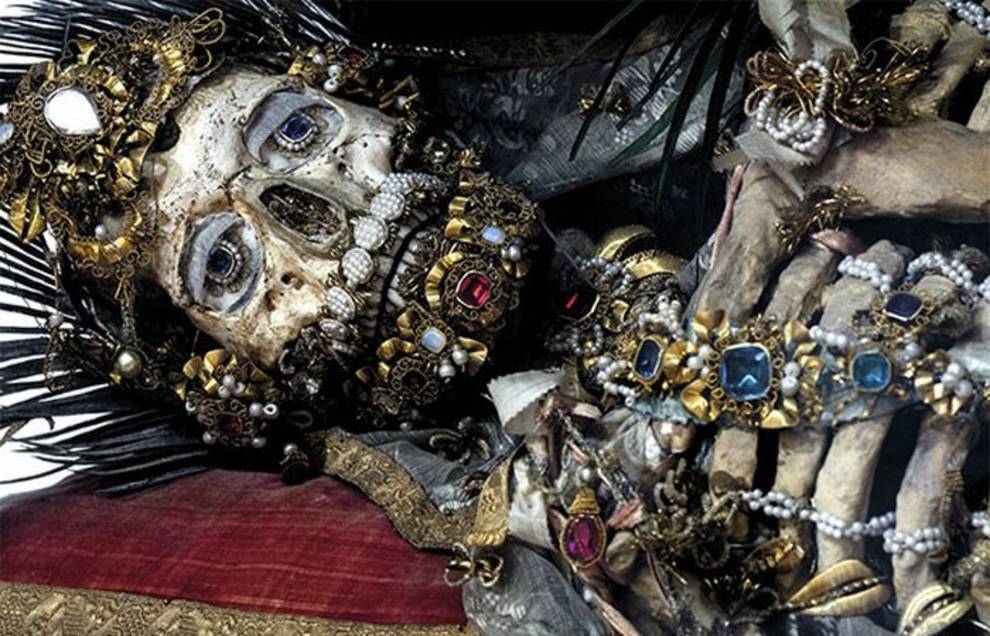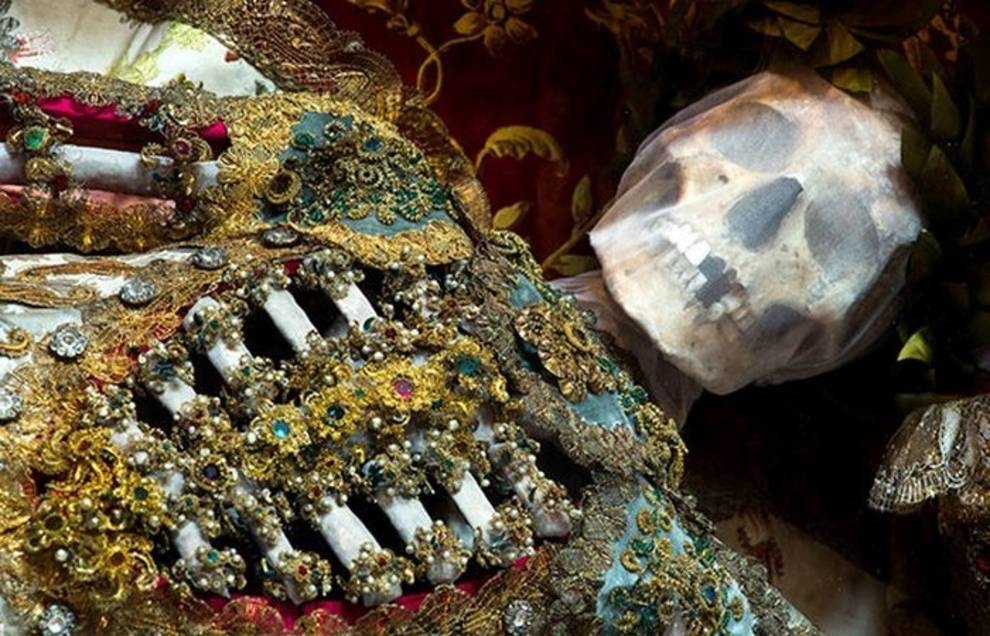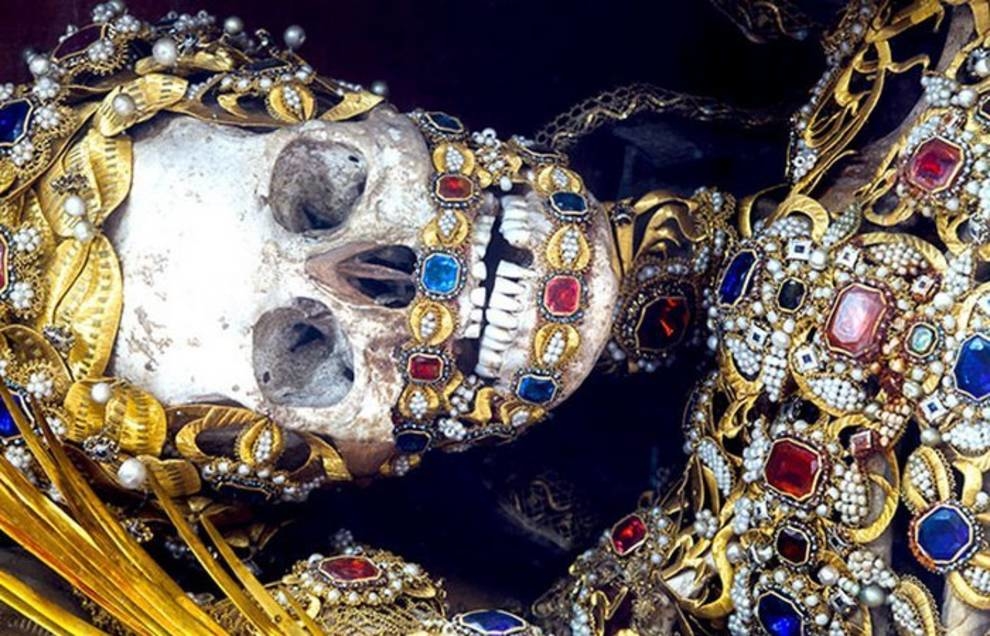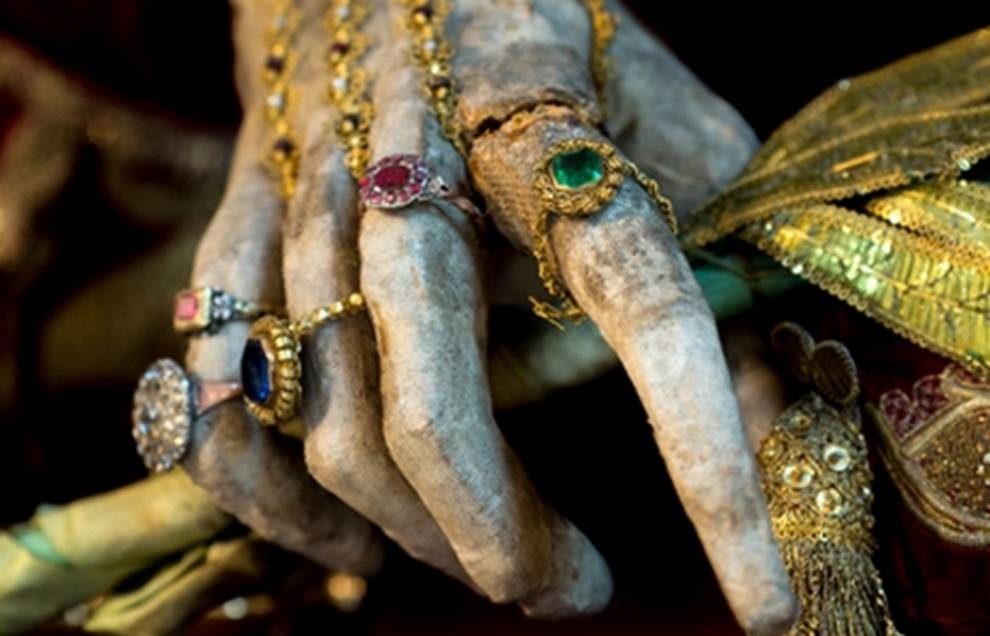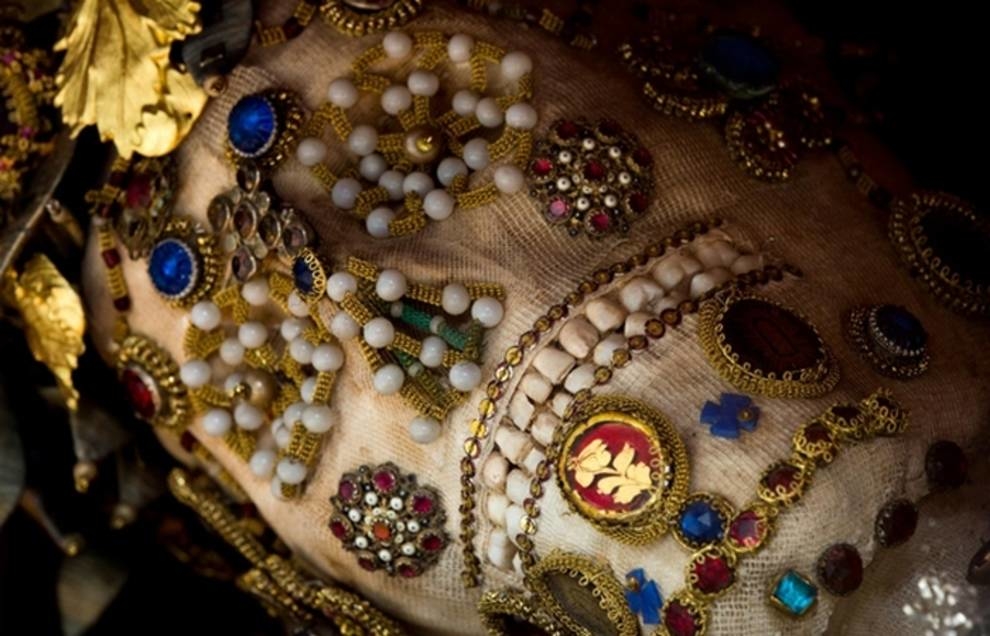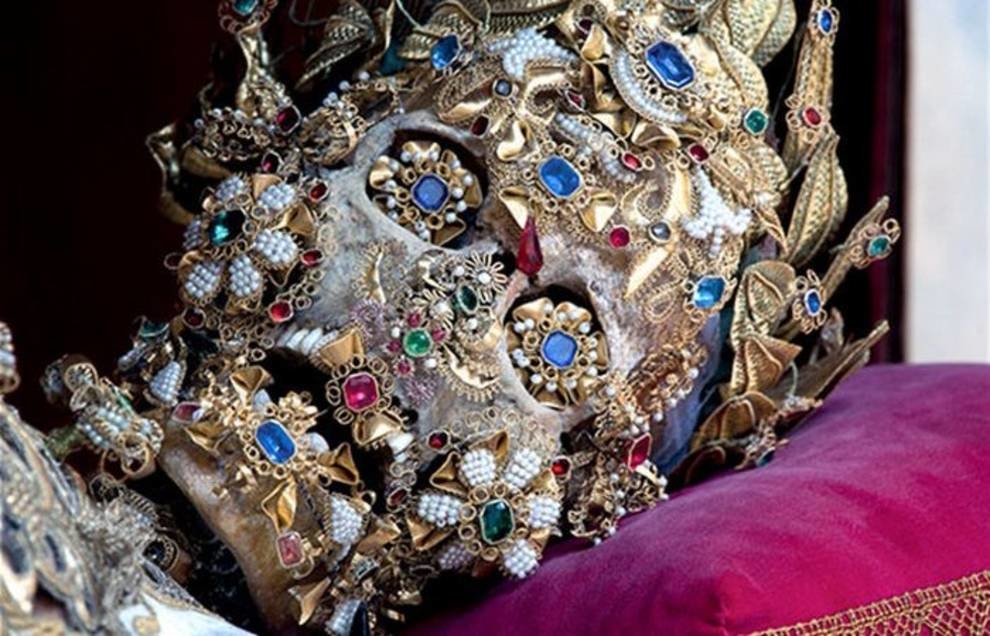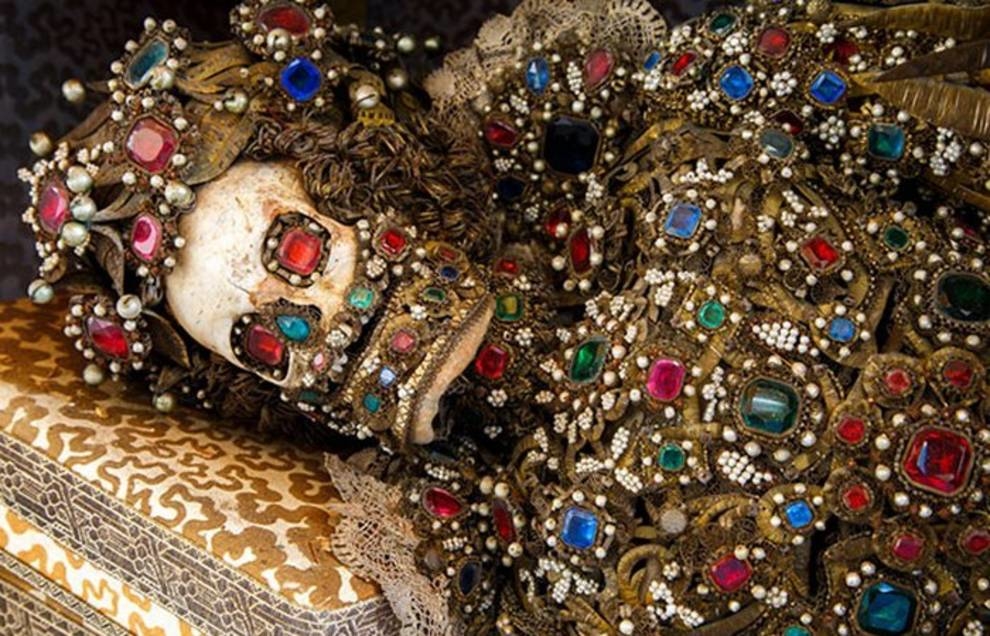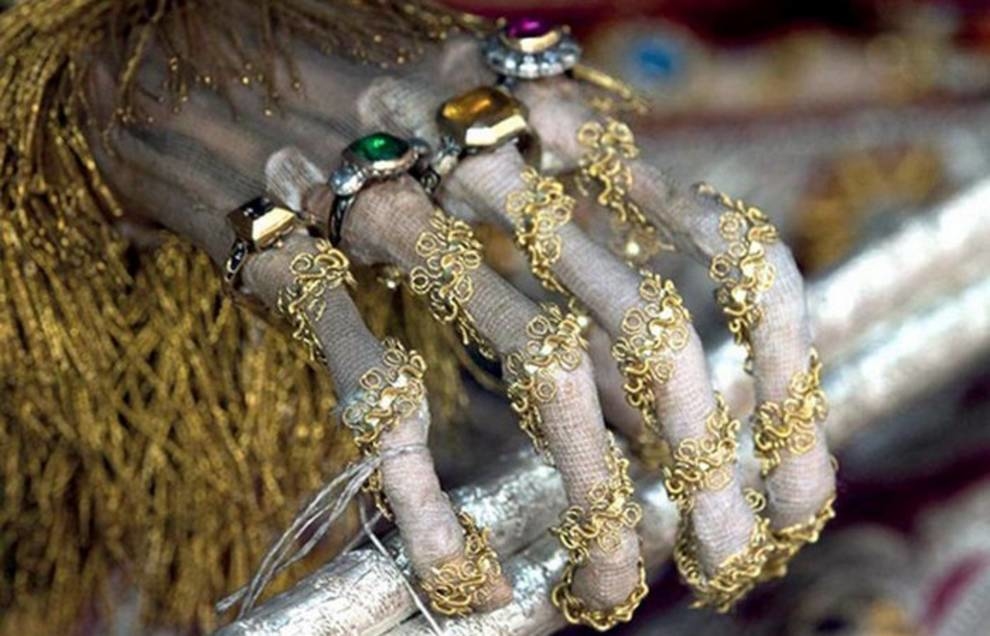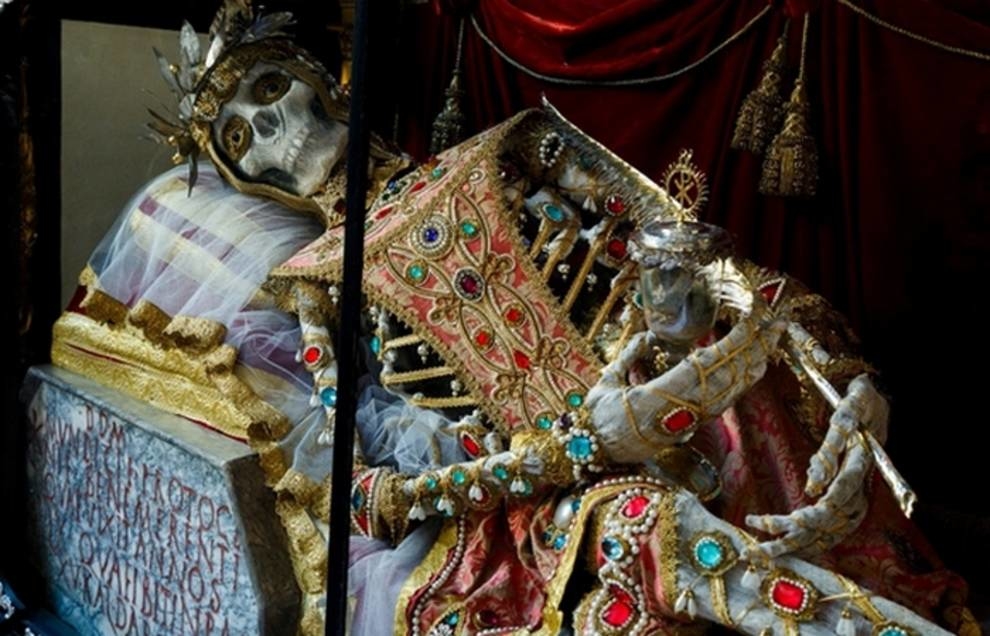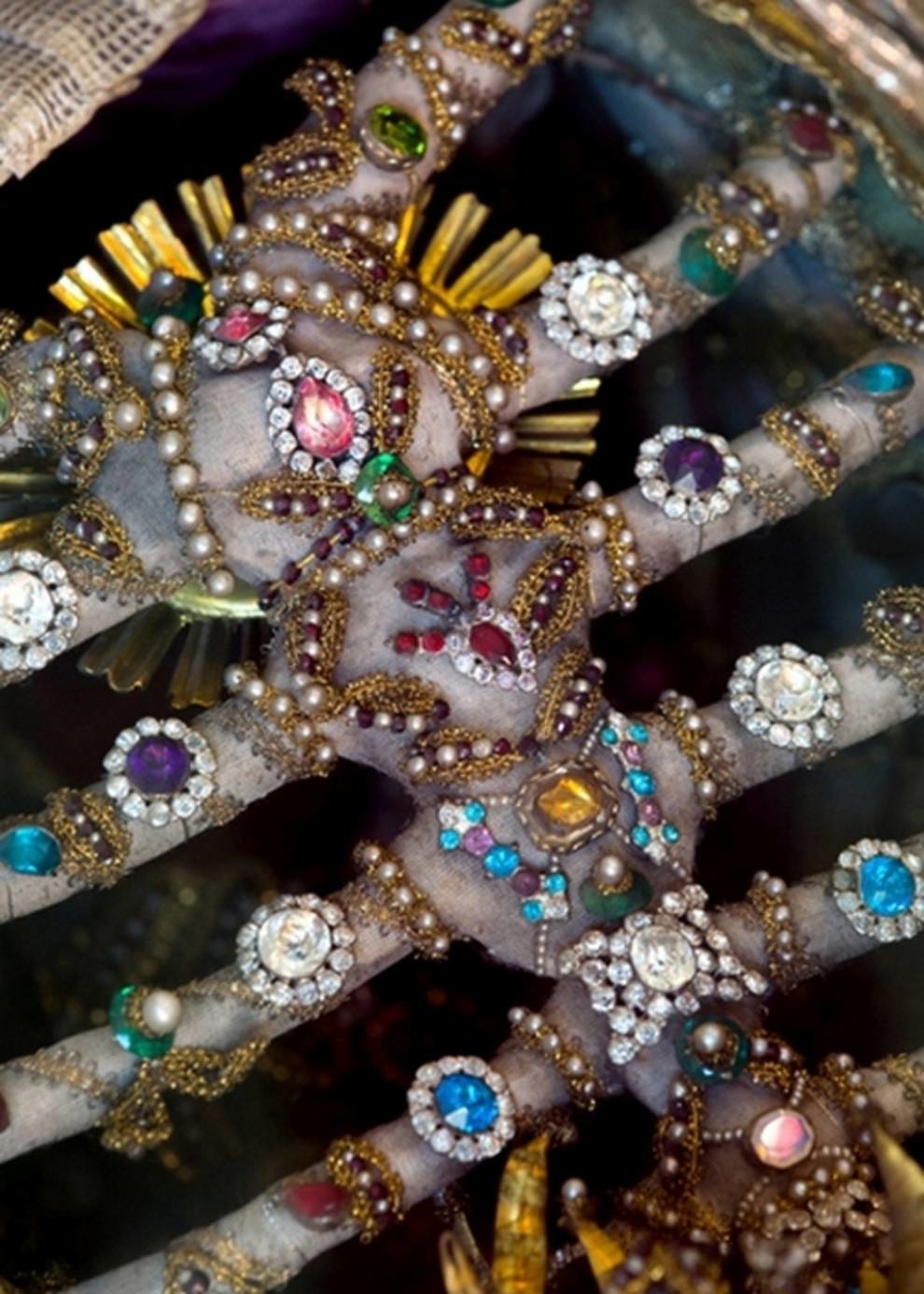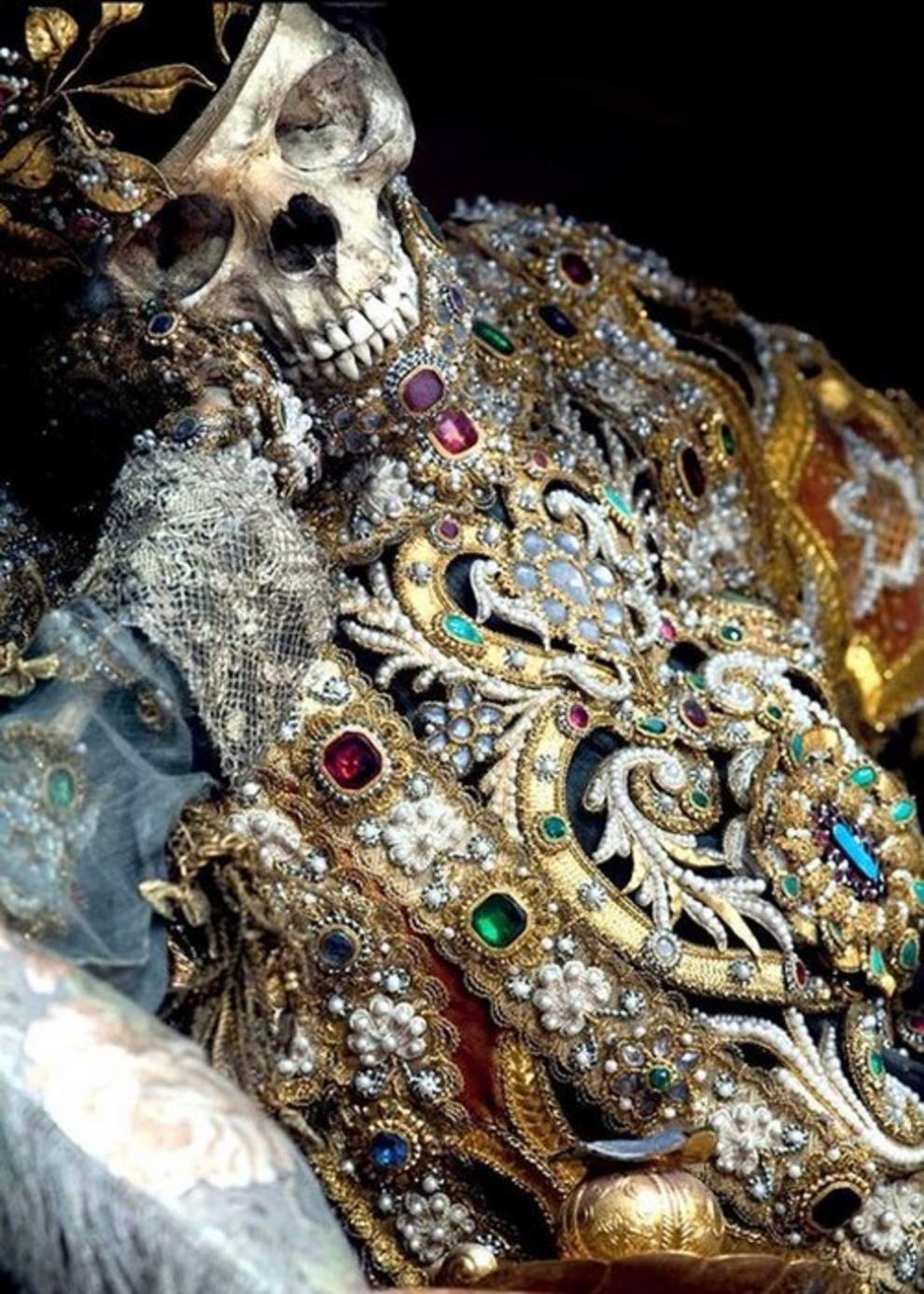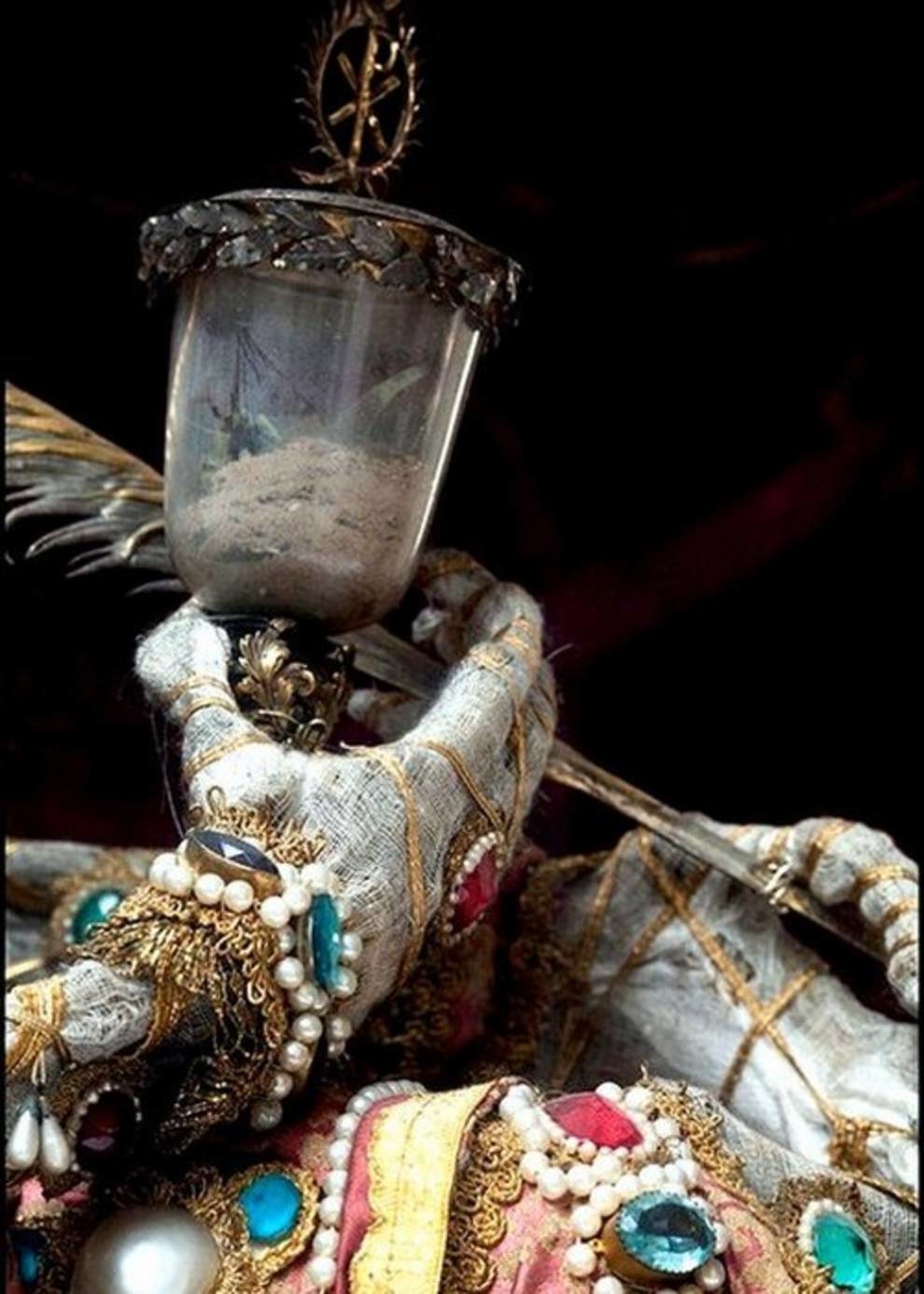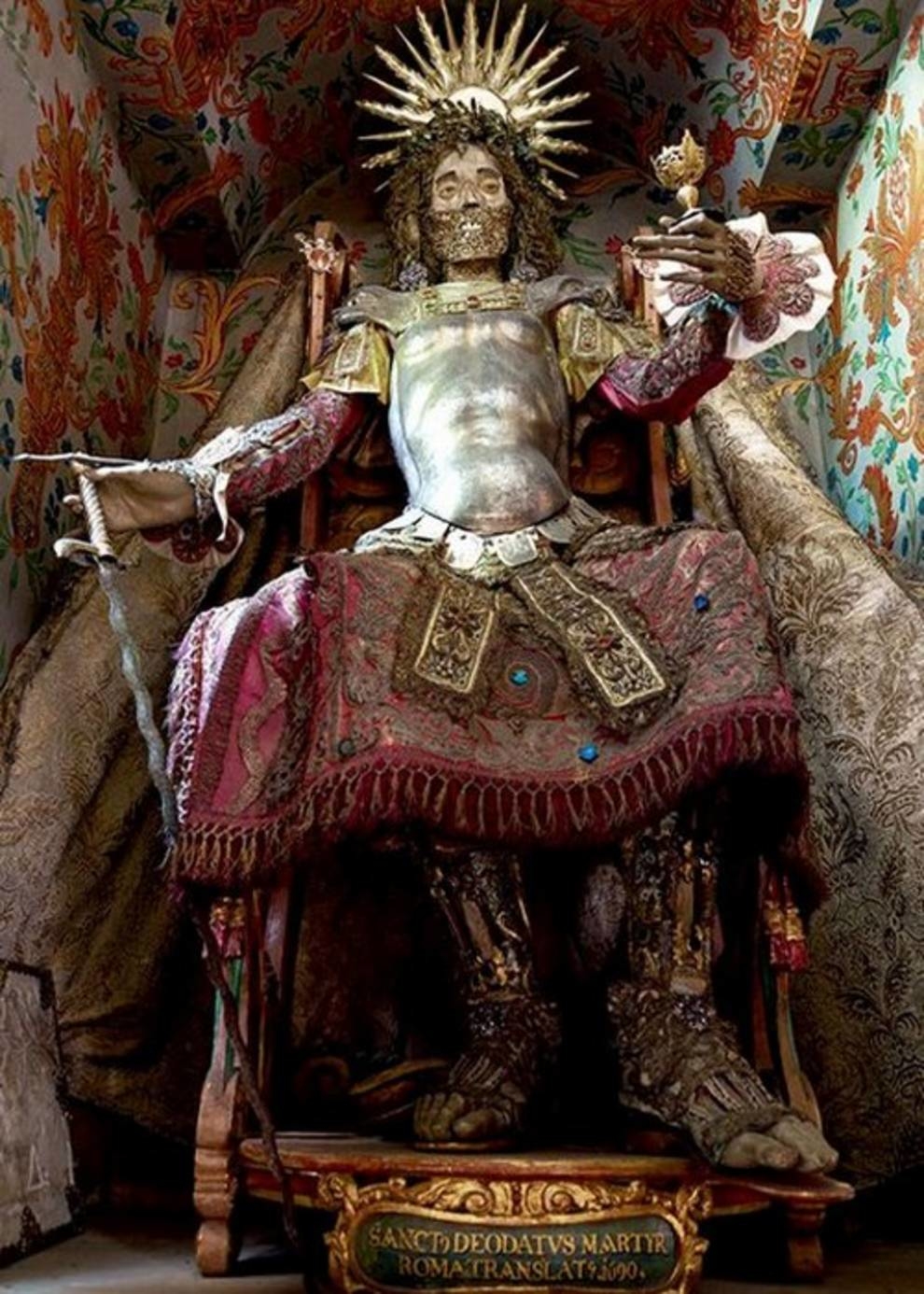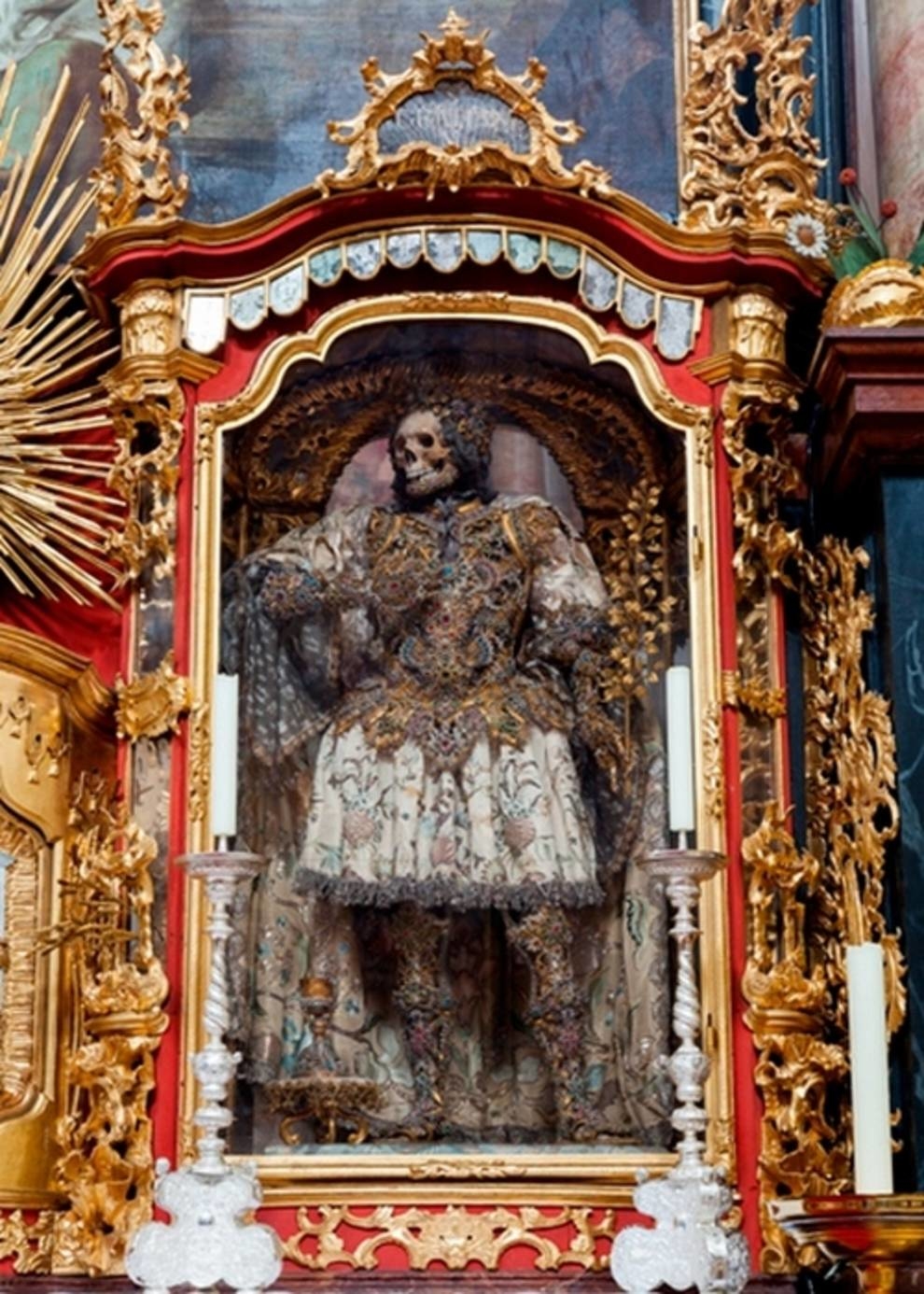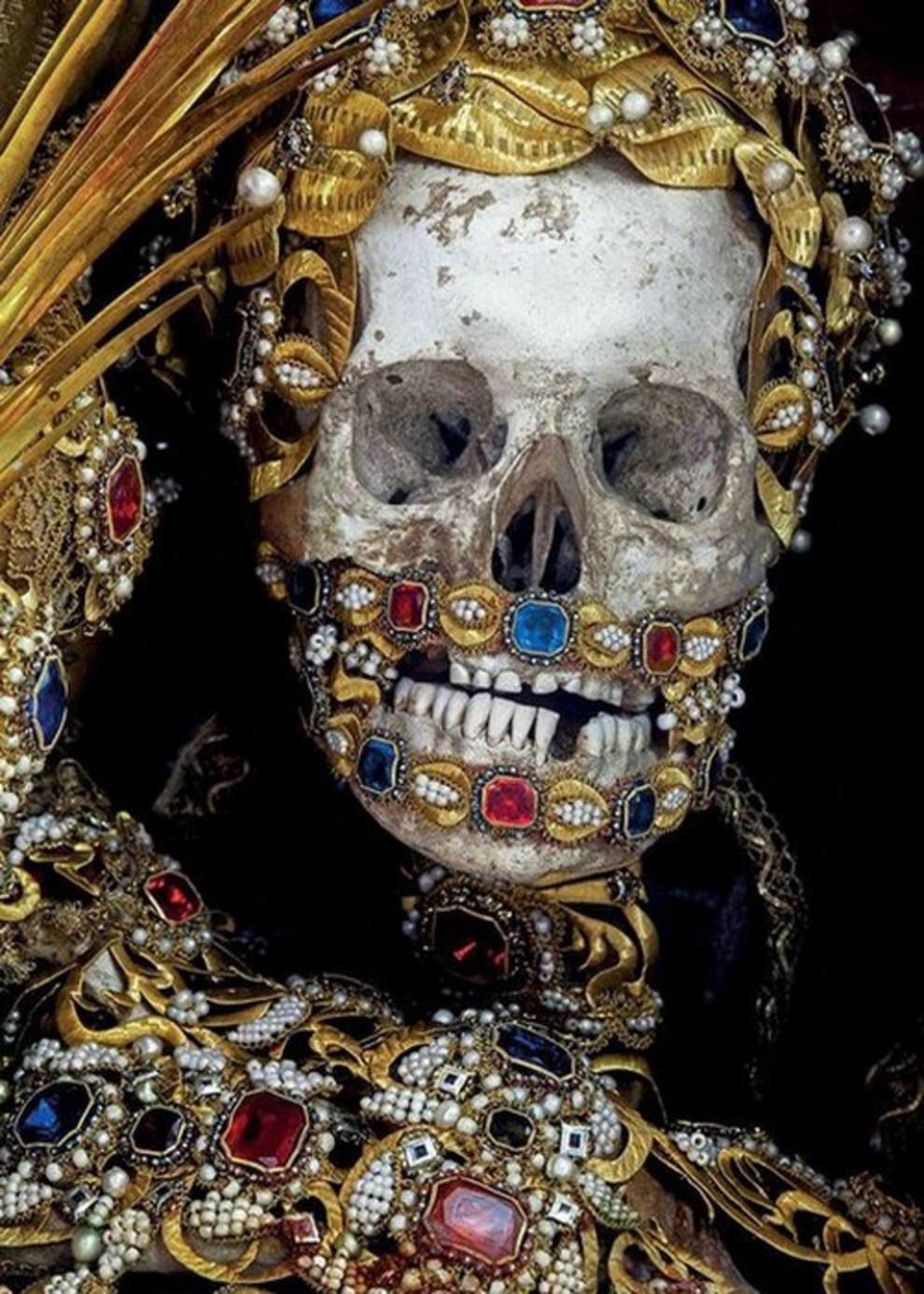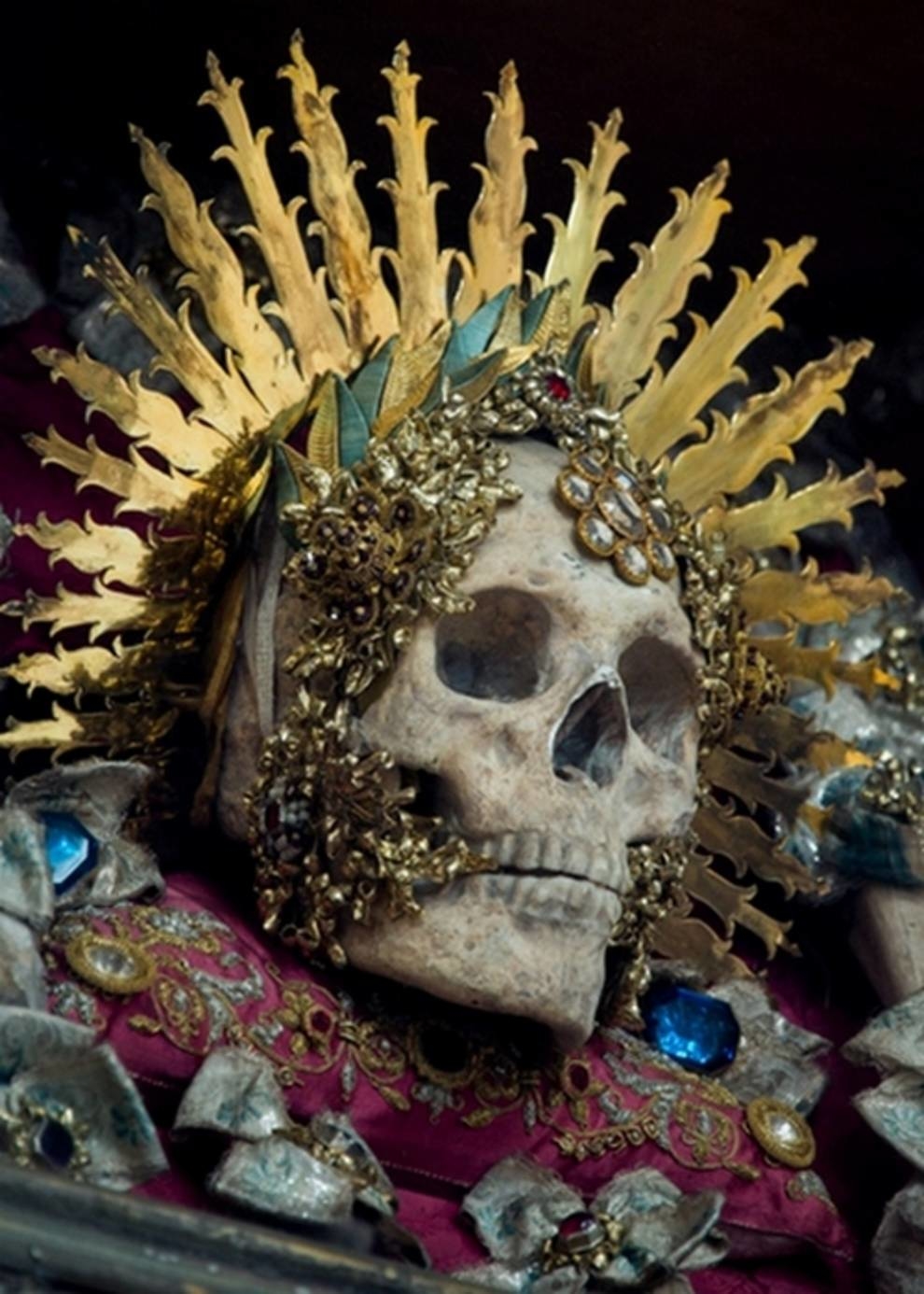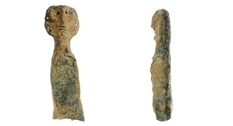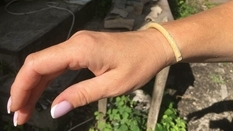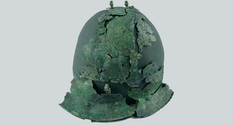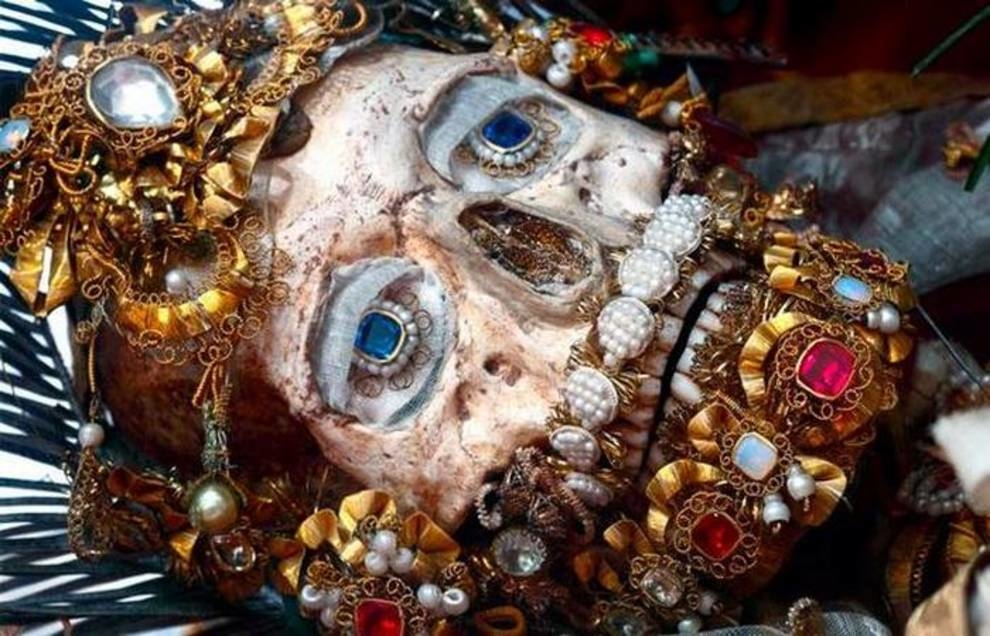
Terribly and pompously: ancient skeletons, "inlaid" with jewels
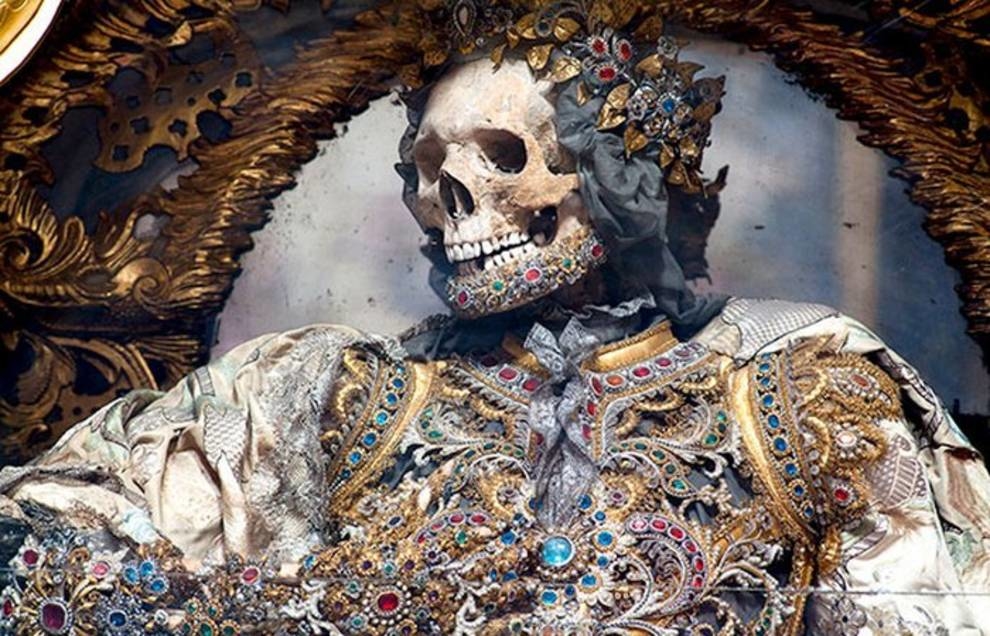
Photo © ru.wikipedia.org
Roman catacombs more than once became a kind of “reserve fund” for the church: for the first time tombs were uncovered in 537, during the siege of Rome, by Vitedes; the remains of the "saints" were transferred to the city churches. Later, at the beginning of the 9th century, on the orders of Pope Paschalia I, the remains of another 2,300 saints were removed from the catacombs.
A new interest in the “catacomb saints” was awakened by Catholics in the 16th century, when the Reformation was raging in Europe. On May 31, 1578, workers who worked in a vineyard near the Salt Road discovered a dip leading to the catacombs. The room they discovered was filled with skeletons.
The Catholic Church hastened to declare the skeletons to be the remains of Christian martyrs, and from that moment they became the subject of the export of the Roman Curia.
About two thousand skeletons, skulls and simple bones were sent to Catholic parishes in central Europe (mainly in Germany, Austria and Switzerland) to replace the relics destroyed during the Protestant Reformation.
In the 16th — 17th centuries, the holy remains gained immense popularity, especially in Germany: each small church, a monastery sought to get its “saint”; Often rich families ordered remains from Rome for their home chapels.
To date, most of the remains of the “catacomb saints” have been lost, or their location is unknown. In 2013, American art historian Paul Kudunaris published the book Heavenly Bodies, in which he talked about the remains he discovered, which are still kept in various temples.
Before putting the remains on public display in the temple, they were specially prepared. Each bone was covered with the finest fabric, which was then fastened with jewels, after which the remains were collected in the skeleton.
In other cases, the skeleton was “dressed” in armor, also richly decorated, or (pseudo) Roman ceremonial clothes. The skulls were encrusted with gold; gems were inserted into the sockets. Gold, expensive fabrics and jewelry were usually presented by the local rich as a donation.
